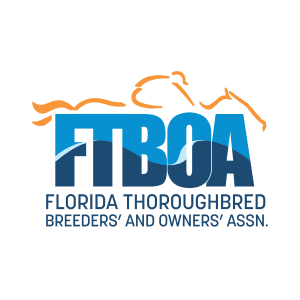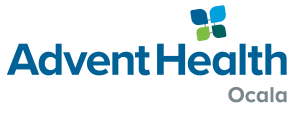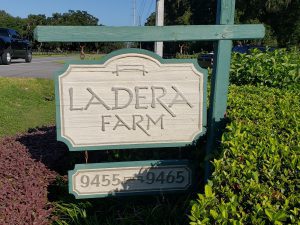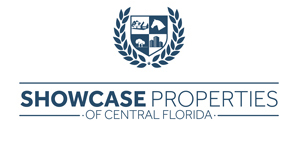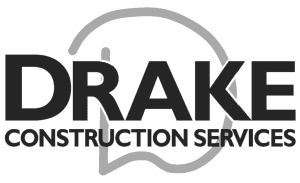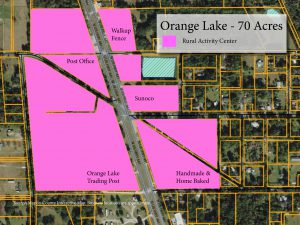Four-Lane Widening of SW/NW 80th/70th Avenue Approved
At the Marion County Commission meeting on Tuesday, December 7th, the Preliminary Engineering Report (PER) was approved for the 10.5-mile segment of SW/NW 80th/70th Avenue. This road will be widened to four lanes, starting at SW 90th Avenue to 0.5 miles north of US Hwy 27. Funding for design of phased portions of the corridor is available in the current budget. The road project is divided into three sections for construction, but only two of the three sections are funded.
Paul Wildman, P.E., from Guerra Development Group presented the PER, a 900-page document with detailed maps and conceptual designs of the proposed road. The PER report is the first phase. The next three phases are: design, right of way acquisition, and construction.
Alignments
Two different roadway alignments, A and B, were presented for approval. The County Commission voted to approve Alignment A.
“Alignment A consists of reducing the amount of impacts and meanders through the corridor,” said Wildman. “The other option is Alternate B, which takes a centerline approach and the need for right of way and improvements is along both sides of the corridor,” he said.

Expand Photo
Alignment A also received more support from the public meeting comments. It avoids impacts to the cemetery and costs less to construct.
Designs
The County Commission also selected Major Typical Section 2 as the preferred design of the road. This design is 120 feet wide and includes a bike lane adjacent to the travel way, a sidewalk on the east side, and a multi-use path on the west side of the road.

Expand Photo
Special Case Scenarios
In addition to the Major Typical Sections, there were several “special case scenarios” identified in the report as Minor Typical Sections. The section of the road near On Top of the World (OTOW) is one example because a multiuse path already exits. An agreement will be negotiated with OTOW to utilize this existing path instead of building a new path.
County Commissioner Stone also requested berms be built to address the traffic noise and to help block the view of the traffic. This will also be considered during the design phase of the road.
The improvements of the intersection at NW 41st Place Road are also in the concept design phase. One option is to include an extra long turn lane and improve the intersection to allow for U-Turns. Other design concepts include a frontage road, or to connect NW 41st Place Road to SW 52nd Street. The intersection improvements will allow horse trailers and large recreational vehicles to safely change direction on the road. The final design will be brought back to the County Commission for approval.
Intersection Improvements
The traffic report shows the need to improve seven major intersections for safety. The following intersections are recommended to be improved through the 2045 design year:
- SW 80th Avenue at SW 90th Street- Additional turn lanes and signal updates.
- SW 80th Avenue at SW 80th Street- Additional turn lanes and signal updates.
- SW 80th Avenue at SW 63rd Street Road- New Signal and additional turn Lanes.
- SW 80th Avenue at SW 38th Street- Additional turn lanes and signal updates.
- SR 40 at NW/SW 80th Avenue- Additional turn lanes and signal updates.
- NW 80th Avenue at NW 21st Street – New Signal and additional turn Lanes.
- US 27 at CR 225A- Additional turn lanes and signal updates.
Other Issues
The report also addressed several issues such as number of residences affected, feasibility of design/permitting, costs, environmental impacts such as wetlands and protected species, cultural/archaeological factors including a local cemetery, and infrastructure flexibility to meet future needs.
The report includes feedback from major stakeholders, government agencies, the County Commission, the County Engineer, and the public. Two meetings were held at Westport High School to take public comment on the road in July 2021. Guerra provided responses to all of the public comments submitted.
Three Sections
- Segment 1: From SW 90th to just north of Westport High School is funded and construction is expected to start within the next three years.
- Segment 2: Just north of Westport High School to south of SR 40, but this section is not funded and funding is not anticipated for at least 5 years.
- Segment 3: Just north of SR 40 to US 27 is funded and construction will start within the next three to five years.
In addition, two new intersection improvements at SR 40 and US Hwy 27 are funded. The intersection at SR 40 will likely to go to construction next year. The intersection at US Hwy 27 is under construction now. (See update below about the US Hwy 27 intersection).
The full PER can be viewed at the following link: https://bcc.marioncountyfl.org/Full_Preliminary%20Engineering%20Report_SW%20NW%2080th%2070th%20Ave_Nov%202021.pdf
The SW/NW 80th/70th Avenue road-widening project was approved in 2018 as part of the Transportation Improvement Program (TIP). The TIP is a five-year schedule of transportation projects proposed by government agencies and other stakeholders in Marion County. https://ocalamariontpo.org/plans-and-programs/transportation-improvement-program-tip/
Updates on US Hwy 27 And The New Road/Interchange at NW 49th Street

Aerial view of the parcel# 13561-004-00. This is where the four-laning will end and the new road at NW 49th Street will meet 225A. Expand Photo
1. When will the extension North of US Hwy 27 be completed?
NW 70th Ave/CR 225A and US Hwy 27: The improvements to the intersection at NW 70th Ave/CR 225A and US Hwy 27 is the first road improvement project for SW/NW 80th/70th Avenue and it is currently under construction by Marion County. The estimated horizon for completion is mid March 2022. However, the completion date may extend to April 2022.
The road will be converted to a four-lane divided roadway that extends approximately 600 feet on both sides of US 27. The road improvements include turn-lanes, bike lanes, curb and gutter, concrete sidewalks, shared use path, medians, storm drainage, drainage retention areas, traffic markings and signals, ditches, berms, driveways, water mains, and sanitary sewer mains.
As part of Section 3 in the Preliminary Engineering Report (PER) for the SW/NW 80th/70th Avenue Road Widening project, CR 225A will be four-laned from the US Hwy 27 intersection improvements to the new road, NW 49th Street, that will connect CR 225A to the new I-75 Intersection. Section 3 is currently under design. This Section is funded and construction will start within the next three to five years.
The four-laning of CR 225A will end at about NW 44th Lane. The parcel number where the four-laning will end is 13561-004-00.
2. When will the new interchange at I-75 will be built?
New I-75 Interchange at NW 49th Street/NW 35th Street: The Florida Department of Transportation (FDOT) is building the new interchange at NW 49th Street/NW 35th Street. According to the FDOT website, the Project Development and Environment (PD&E) Study was completed in March 2021 and the project is currently in the design phase. The FDOT Design Project Manager is Megan Owens and the Design Firm is Metric Engineering.
Construction is anticipated to begin in December of 2024. The cost of the project is approximately $41 million for construction. The estimated time frame for completion is 1 to 3 years. Link to the PD&E study and a comment form to send comments to FDOT: https://www.cflroads.com/project/435209-1
This interchange will extend from the NW 35th Street extension, which Marion County is constructing, to the Amazon warehouse. The new street will go through the mining operation. The interchange will go over I-75, via a bridge, from NW 35th Street on the east side and it will tie into the existing NW 49th Street on the west side of I-75. This is a Diverging Diamond Interchange configuration. There will be a brand new intersection built at NW 49th Street and NW 44th Ave. Traffic will have access to NW 44th Ave, which runs parallel to I-75 and connects to US Hwy 27 and Hwy 326
3. When will the road that connects CR 225A to I-75 be built?
NW 49th Street: Connects CR 225A to new I-75 Interchange at NW 49th Street: The connection of CR 225A to the interchange at NW 49th Street will be built in two sections: 3A and 3B. Both sections are funded for design. Section 3A is funded for construction in fiscal year 2020/2021. Section 3B is funded for construction in 2022/2023.
The general rule of thumb for road construction projects is that the design phase is one year. The next phase is to acquire the right of way, which takes up to one year or more and the final phase is construction, which is one year or less. Sometimes the right of way acquisition and construction overlap.
Section 3A: The design for Section 3A has been started and the construction is funded for fiscal year 2020/2021, which began on October 1, 2021. The cost for the 1.1-mile section of the two-lane road is $2,000,000.
3A runs from a location point which is located 1.1 miles west of NW 44th Avenue to NW 44th Avenue. Deputy County Engineer Don Atwell is the Project Manager for Section 3A. See item number C5 on the 2020/2021 – 2024/2025 Marion County Transportation Improvement Program
https://www.marionfl.org/home/showpublisheddocument/20890/637245315041870000
Section 3B: The design for Section 3B has not been started. The right of way acquisition is funded for fiscal year 2021/2022 at a cost of $780,000 and construction is funded for fiscal year 2022/2023 at a cost of $4,450,000.
3B starts at CR 225A and ends at the beginning of Section 3A at the location point 1.1 miles west of NW 44th Avenue. See item number C10 on the 2021/2022 – 2025/2026 Marion County Transportation Improvement Program. https://www.marionfl.org/home/showpublisheddocument/22134/637605811040870000



![]() We are thankful for the amazing work they do and the lives they touch every day. Don’t miss the opportunity to meet them!
We are thankful for the amazing work they do and the lives they touch every day. Don’t miss the opportunity to meet them!





